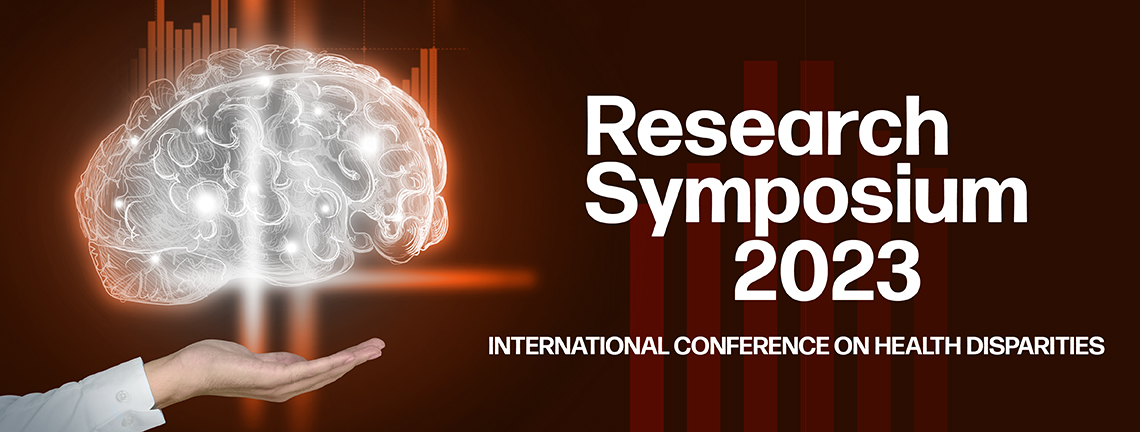
Posters
Presentation Type
Poster
Discipline Track
Biomedical Science
Abstract Type
Research/Clinical
Abstract
Background: Human retinal pericytes (HRP) are contractile cells adjacent to and provide support for retinal endothelial cells (REC) of retinal capillaries. One of the earliest events of diabetic retinopathy (DR) is the loss of RP through apoptosis. Pericytes share a common basement membrane with endothelial cells and are most prominent in retinal capillaries in comparison with capillaries in other tissues in the body. The loss of HRP leads to the development of advanced-stage pathology including angiogenesis. In this present study, human HRP and REC in coculture were examined in order to evaluate effects of their interactions and response to exogenous cytokines.
Methods: In a well of 24-well plates, a transwell insert apparatus holding 60,000 REC in the lower chamber and 40,000 HRP on an upper chamber (with a PET membrane) fashioned a two-cell type, no-contact, co-culture system. Additionally, a transwell insert apparatus holding 60,000 HRP in the lower chamber and 40,000 REC on an upper chamber (with a PET membrane) fashioned a coculture system. Cells were left to incubate over night before starting the time course (time Zero). Complete Classic Media (CCM) media in both chambers were changed every 24hr. Viable cell number was determined using a trypan blue dye exclusion method. Cells in the lower chamber were counted twice and there was a total of two transwells per time point. In indicated experiments, REC cells (in the lower chamber) were treated with 10ug/mL of TGF-β 1 for an effect on cell viability.
Results/Conclusions: Based on growth rates from mono cell type culture system, HRP exhibited a much faster growth than REC (doubling time of 33.56hrs for HRP vs 56.4hrs for REC). When REC were grown with HRP, we observed an decrease in growth rate (doubling time increased to 76.6hrs). In contrast, when HRP were grown with REC, their growth rate decreased substantially (doubling time increased to 44.75hrs). In comparison, the presence of HRP had increased viable REC while the presence of REC decreased HRP in our two-cell type culture system. The addition of TGFb1 did not result in a significant increase in viable REC in both mono and two-cell type systems. Additional experiments are needed to further elucidate how cell-to cell interactions results in stimulation or inhibition of cell growth.
Recommended Citation
Valdez, Laura; Guerra, Lili; LeBaron, Richard; and Tsin, Andrew, "Co-Culture of Retinal Pericytes and Retinal Endothelial Cells" (2024). Research Symposium. 67.
https://scholarworks.utrgv.edu/somrs/2023/posters/67
Included in
Co-Culture of Retinal Pericytes and Retinal Endothelial Cells
Background: Human retinal pericytes (HRP) are contractile cells adjacent to and provide support for retinal endothelial cells (REC) of retinal capillaries. One of the earliest events of diabetic retinopathy (DR) is the loss of RP through apoptosis. Pericytes share a common basement membrane with endothelial cells and are most prominent in retinal capillaries in comparison with capillaries in other tissues in the body. The loss of HRP leads to the development of advanced-stage pathology including angiogenesis. In this present study, human HRP and REC in coculture were examined in order to evaluate effects of their interactions and response to exogenous cytokines.
Methods: In a well of 24-well plates, a transwell insert apparatus holding 60,000 REC in the lower chamber and 40,000 HRP on an upper chamber (with a PET membrane) fashioned a two-cell type, no-contact, co-culture system. Additionally, a transwell insert apparatus holding 60,000 HRP in the lower chamber and 40,000 REC on an upper chamber (with a PET membrane) fashioned a coculture system. Cells were left to incubate over night before starting the time course (time Zero). Complete Classic Media (CCM) media in both chambers were changed every 24hr. Viable cell number was determined using a trypan blue dye exclusion method. Cells in the lower chamber were counted twice and there was a total of two transwells per time point. In indicated experiments, REC cells (in the lower chamber) were treated with 10ug/mL of TGF-β 1 for an effect on cell viability.
Results/Conclusions: Based on growth rates from mono cell type culture system, HRP exhibited a much faster growth than REC (doubling time of 33.56hrs for HRP vs 56.4hrs for REC). When REC were grown with HRP, we observed an decrease in growth rate (doubling time increased to 76.6hrs). In contrast, when HRP were grown with REC, their growth rate decreased substantially (doubling time increased to 44.75hrs). In comparison, the presence of HRP had increased viable REC while the presence of REC decreased HRP in our two-cell type culture system. The addition of TGFb1 did not result in a significant increase in viable REC in both mono and two-cell type systems. Additional experiments are needed to further elucidate how cell-to cell interactions results in stimulation or inhibition of cell growth.

